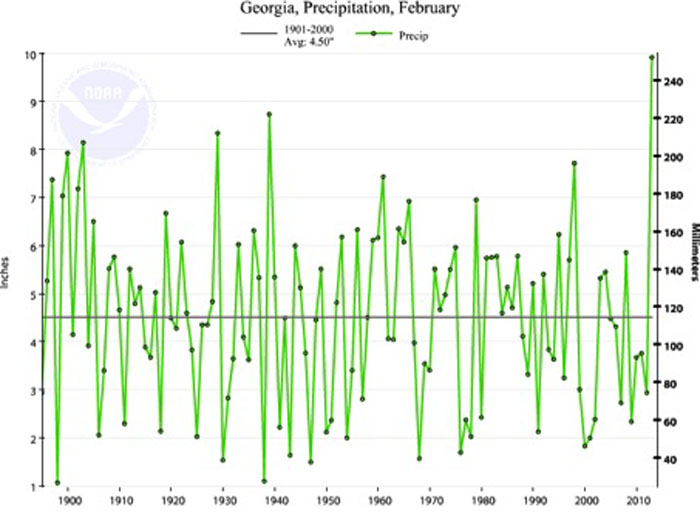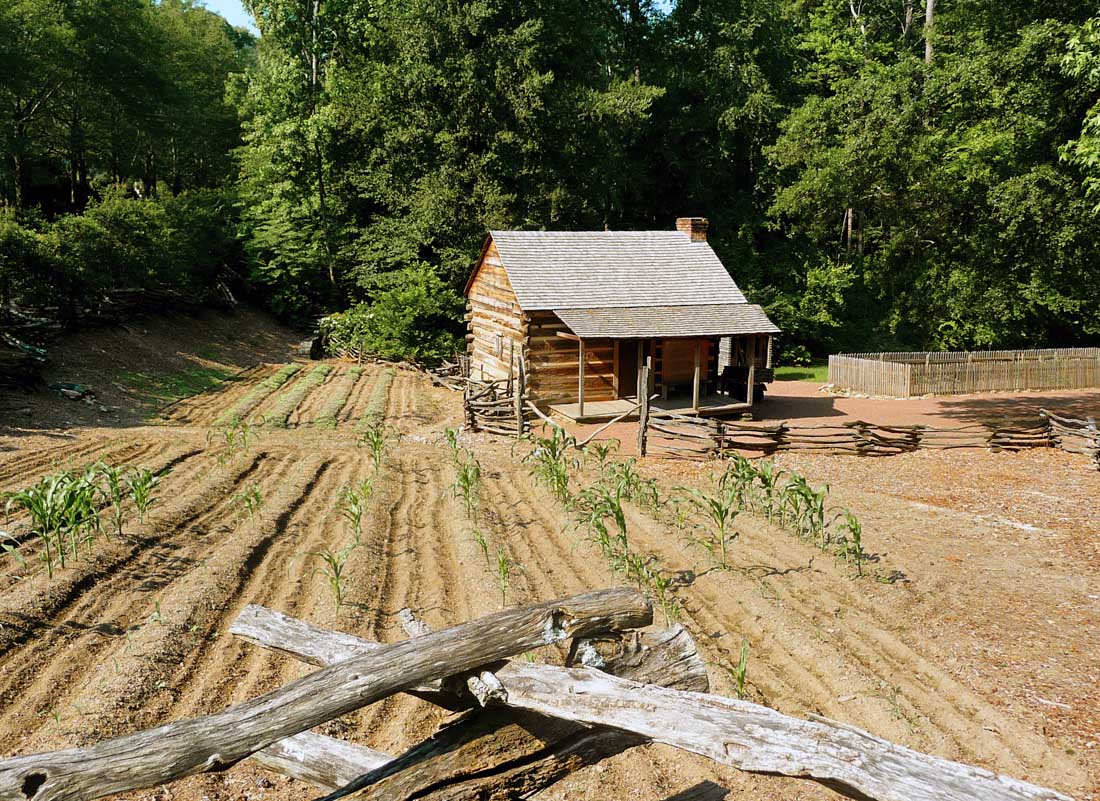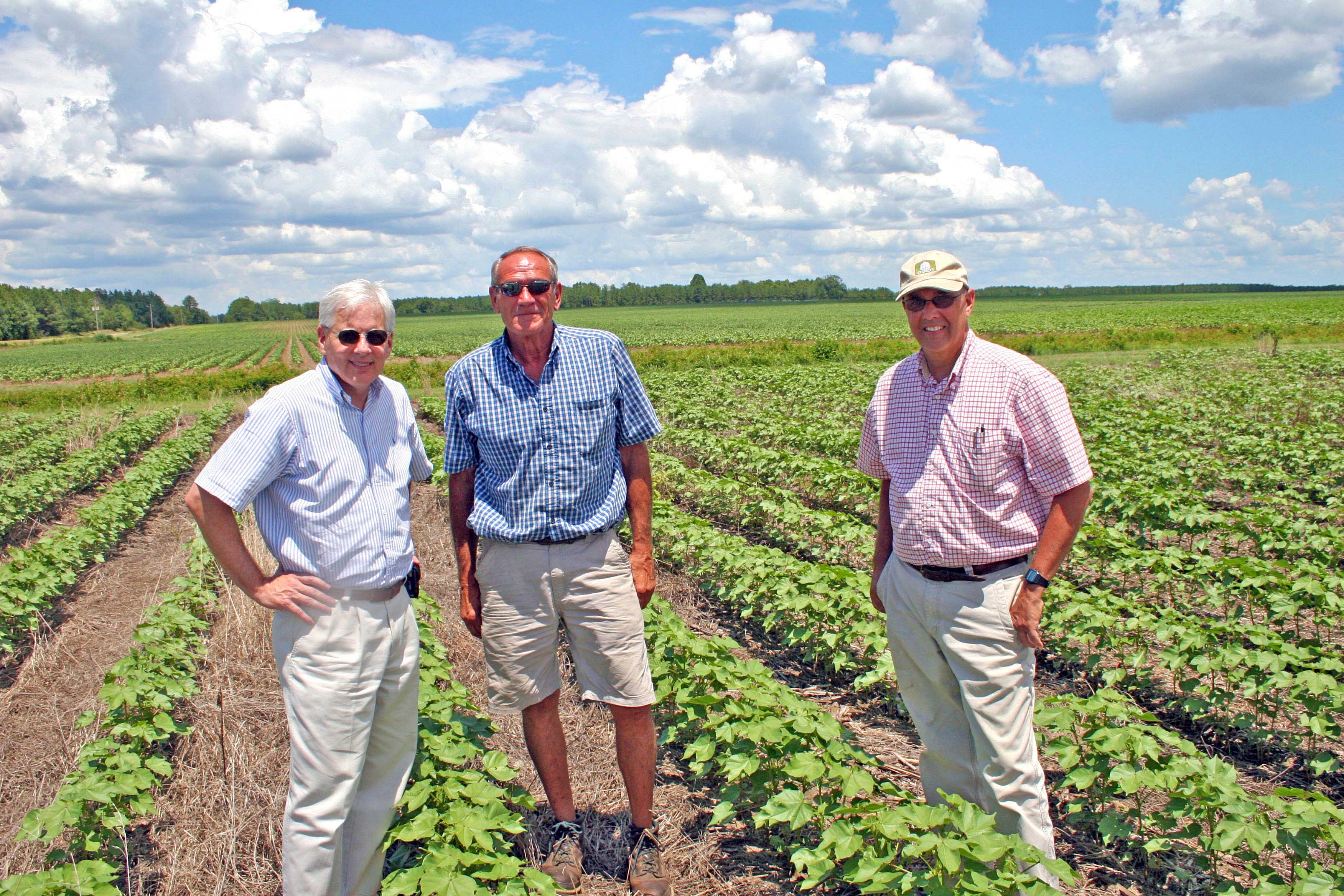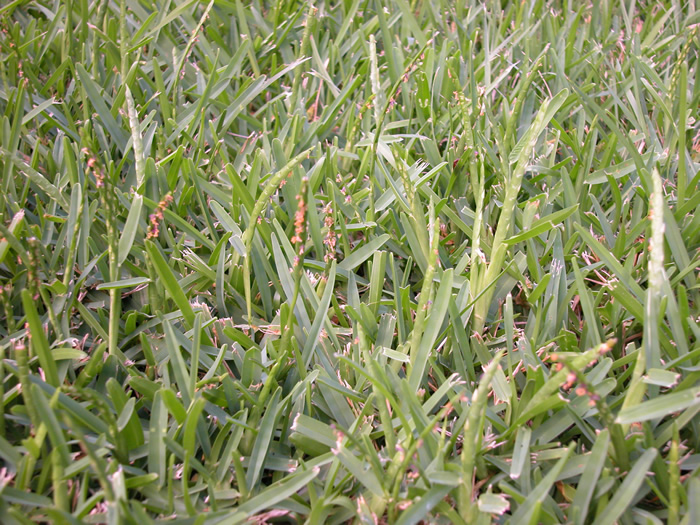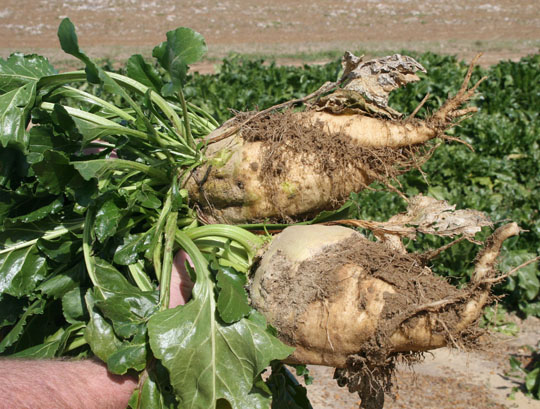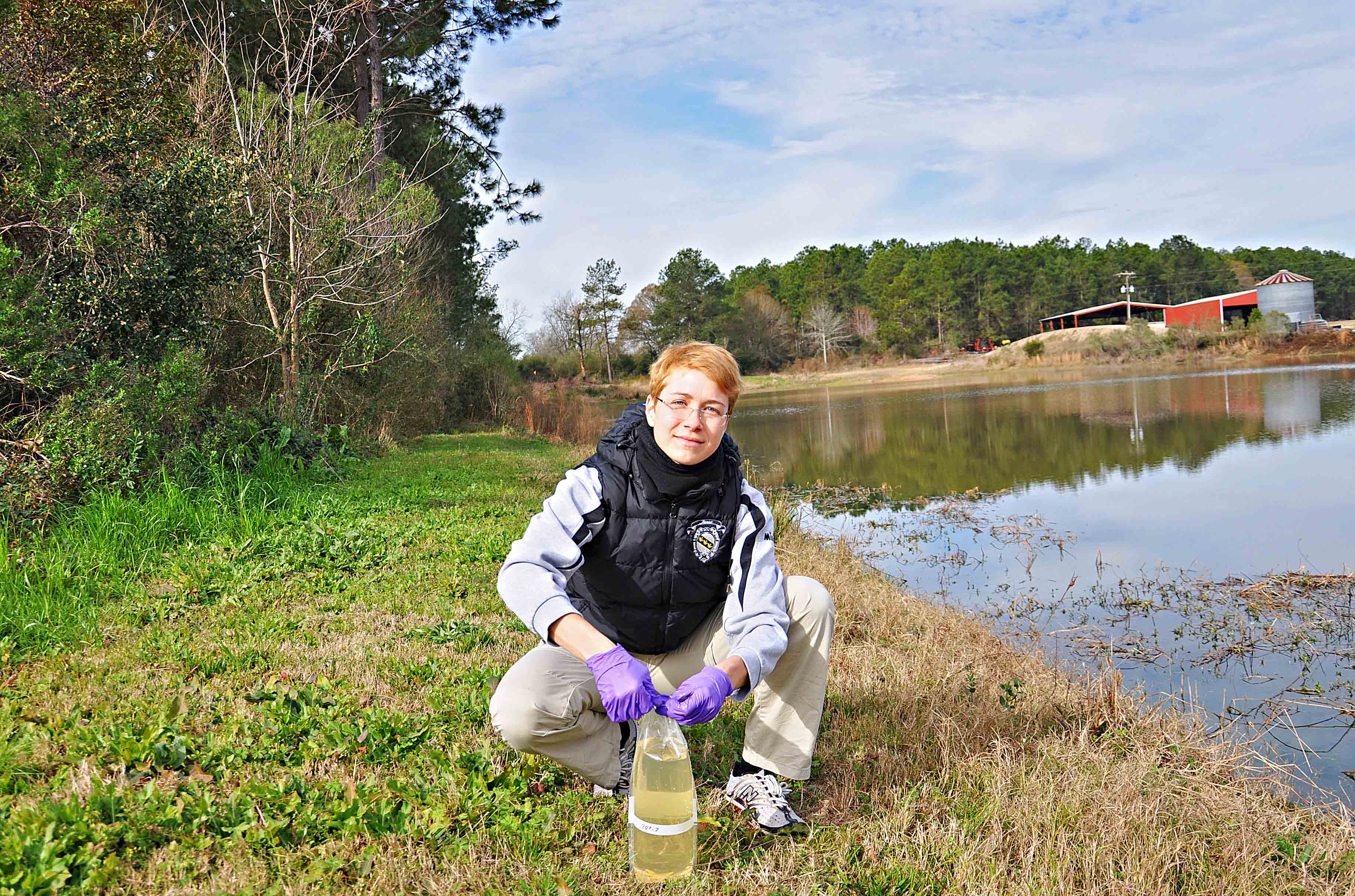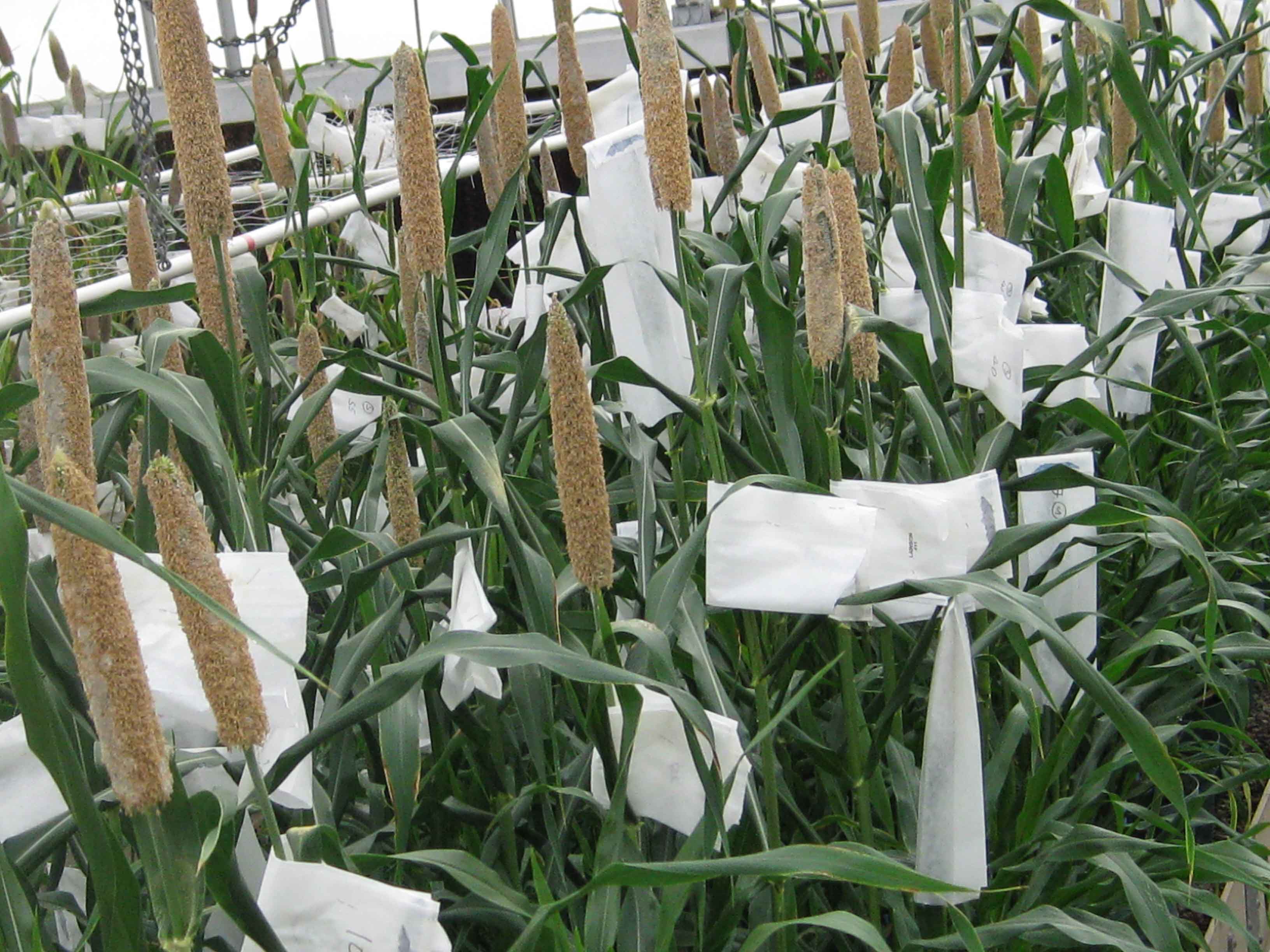 CAES News
CAES News
Dwarf millet discovery
Recently, plant geneticists at the University of Georgia successfully isolated the gene that creates dwarfed varieties of pearl millet. It is the first time a gene controlling an important agronomic trait has been isolated in the pearl millet genome. Their work appeared in the March edition of the journal G3: Genes, Genomics, Genetics.

